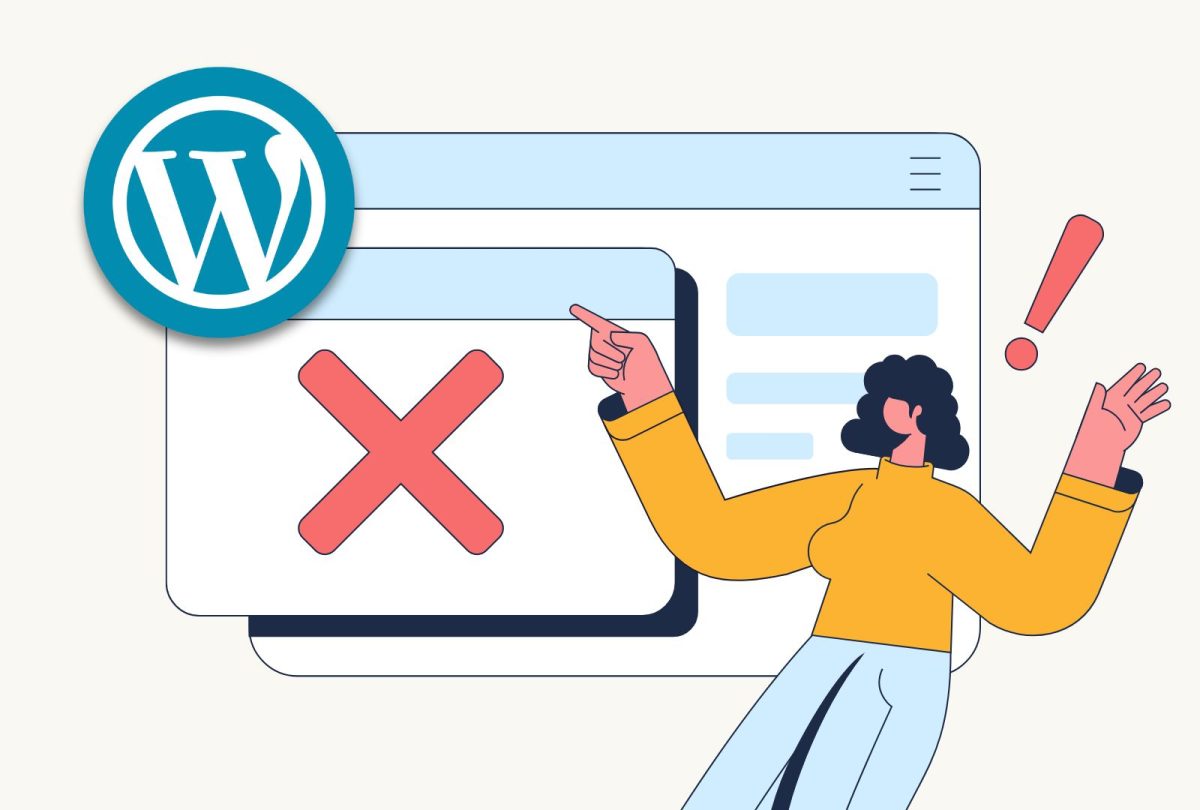Table of Contents

When your WordPress website loads slowly, it doesn’t just frustrate users—it also hurts your search engine rankings, reduces conversions, and makes your business appear less credible. Even a one-second delay in load time can lead to higher bounce rates and lower engagement. In today’s competitive digital landscape, a slow site doesn’t just cost you clicks—it can cost you clients.
WordPress is a powerful platform, but it’s not foolproof. Many site owners unintentionally make performance mistakes that drag down site speed. Let’s look at the most common pitfalls and how you can avoid them.
Why Speed Matters for Your WordPress Website
Your WordPress website speed affects everything—from user engagement to SEO to mobile usability. Visitors expect instant access, and if your pages take more than a few seconds to load, most will leave without exploring. Page speed is also a confirmed ranking factor in Google’s algorithm, meaning slow sites will struggle to compete online.
Avoiding these common mistakes will help you deliver a faster, smoother experience for every visitor.
Common Mistakes That Slow Down Your WordPress Website
1: Using Bloated Themes or Page Builders
Many themes come loaded with pre-designed layouts, multiple sliders, custom widgets, and dozens of scripts—most of which you’ll never use. These “all-in-one” solutions may look great at first, but they often include unnecessary code that drags down your site’s performance. If you’re using a drag-and-drop builder on top of an already-heavy theme, the problem multiplies.
- Solution: Choose a lightweight, performance-optimised theme like Astra or GeneratePress. These themes offer flexibility without sacrificing speed.
2: Unoptimized Images
Uploading high-resolution images directly from a camera or design software is one of the most common speed mistakes. Large image files dramatically increase page load times, especially for mobile users or those with slower connections. Without compression or resizing, even a beautiful design can frustrate users with sluggish performance.
- Solution: Use tools like TinyPNG to compress images before uploading. Also consider converting images to the WebP format, which is natively supported in WordPress 5.8 and later.
3: Skipping Caching
When caching is not enabled, your server generates the page content from scratch every time someone visits your site. This involves loading WordPress core files, plugins, theme templates, and database queries repeatedly. The result? Slower load times and unnecessary strain on your server, especially during high traffic.
- Solution: Install a caching plugin like WP Super Cache or W3 Total Cache. These tools create static versions of your pages and serve them quickly to visitors.
4: No Content Delivery Network (CDN)
If all your site’s content is served from a single server, users located far from that server experience longer loading times. This is especially noticeable on media-heavy pages, where each image, stylesheet, or script must travel a long digital distance. A CDN helps by storing copies of your site’s static files on multiple servers around the world.
- Solution: Use a trusted CDN provider like Cloudflare. It delivers content from the server closest to your visitor, improving speed and reliability.
5: Neglecting Database Maintenance
Over time, your WordPress database can accumulate unnecessary data such as post revisions, trashed comments, spam entries, and orphaned metadata. This excess data increases query times and makes it harder for your server to deliver content efficiently. Without regular cleanup, even simple actions like loading a post or page can slow down significantly.
- Solution: Use a plugin like WP-Optimise to clean your database. You can also limit post revisions by adding
define('WP_POST_REVISIONS', 5);to yourwp-config.phpfile.
6: Running Outdated PHP or WordPress Core
Many site owners overlook the technology powering their WordPress installation. Running on outdated PHP versions (like 5.6 or 7.0) can slow down execution and increase vulnerability to attacks. Likewise, skipping WordPress updates means missing out on performance improvements and security patches.
- Solution: Update your hosting environment to PHP 8.0 or higher, and always keep WordPress core, themes, and plugins up to date. This ensures compatibility and performance are at their best.
7: Using Too Many Plugins
While plugins add functionality, each one brings additional code, database queries, and sometimes external requests. Some poorly coded plugins can create conflicts, security risks, or significantly slow down your site. The more plugins you stack on your WordPress website, the harder it becomes to pinpoint issues.
- Solution: Conduct a regular plugin audit. Remove any that are redundant, outdated, or inactive. Aim to use well-maintained plugins from trusted developers only.
8: Ignoring Performance Monitoring Tools
You can’t fix what you don’t measure. Without performance monitoring, you may not notice slowdowns until visitors start complaining or bounce rates spike. Many issues—such as render-blocking scripts or oversized page elements—can go undetected without diagnostic tools.
- Solution: Use free and reliable tools like Google PageSpeed Insights, GTmetrix, and WebPageTest. These platforms offer detailed reports on what’s slowing your site down and how to fix it.
9: Not Keeping Your WordPress Website Updated
Ignoring updates is one of the biggest risks to both performance and security. Developers regularly release updates to improve speed, fix bugs, and close security loopholes. Without these updates, your website becomes outdated and more prone to errors and vulnerabilities.
- Solution: Enable automatic updates or set a recurring schedule to check for new versions of WordPress, plugins, and themes. Follow WordPress News to stay current with core updates and performance improvements.
When to Seek Expert Help
If your WordPress website continues to underperform even after applying these solutions, deeper issues may be at play. Things like theme conflicts, database inefficiencies, or server-side bottlenecks can be tricky to detect and fix without technical expertise. Rather than guessing and risking further issues, it may be time to bring in professionals.
At Pressific, we specialise in WordPress performance, optimisation, and site management. We help ensure your website is strong, secure, and effective—without the stress of doing it all yourself.
Final Thoughts
Your WordPress website is one of your most important business assets. But if it’s slow, outdated, or poorly optimised, it won’t perform the way it should. By avoiding these common mistakes—and knowing when to get expert help—you can deliver a faster, more reliable experience that keeps visitors engaged and drives results.
Want to optimise your WordPress website the right way?
Visit Pressific and let’s make your site stronger, faster, and future-ready.






